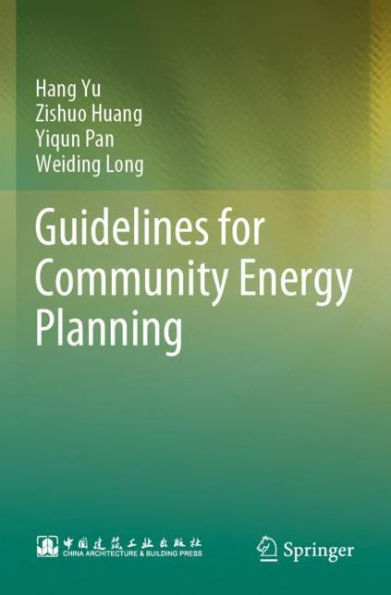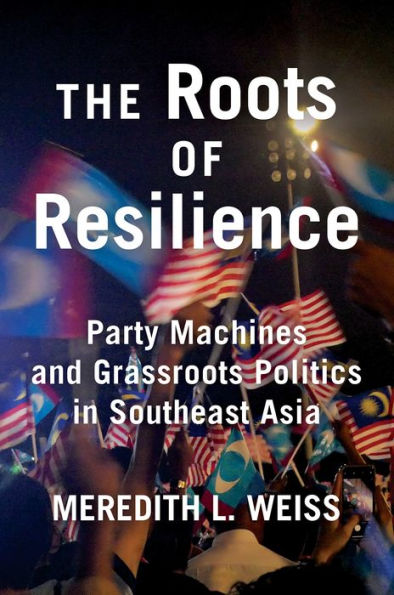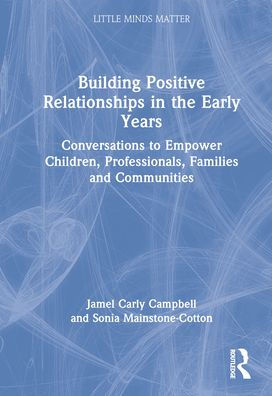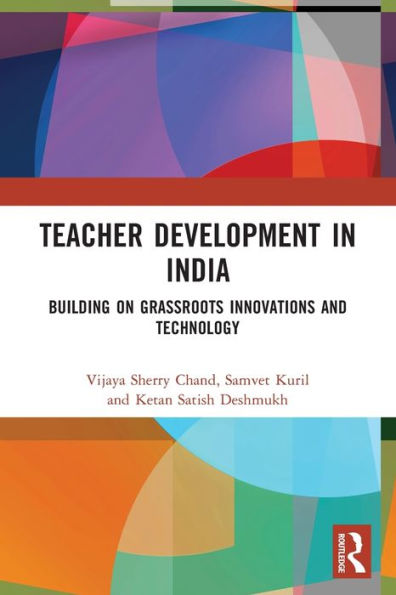Home
Building Strong Communities: Guidelines on empowering the grass roots
Barnes and Noble
Building Strong Communities: Guidelines on empowering the grass roots
Current price: $37.95
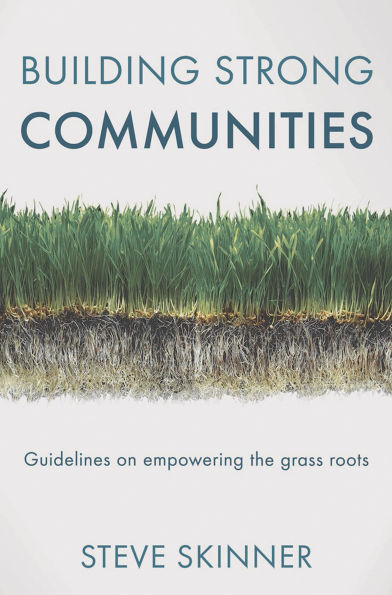

Barnes and Noble
Building Strong Communities: Guidelines on empowering the grass roots
Current price: $37.95
Size: OS
Loading Inventory...
*Product information may vary - to confirm product availability, pricing, shipping and return information please contact Barnes and Noble
Building Strong Communities
is an introductory textbook that contains practical tools, down-to-earth frameworks and useful methods, a valuable resource for working with communities. A key focus of the book is on empowering the grass roots - building people, groups, organisations, partnerships and networks. In particular, it describes how strong communities might look with seven key features and introduces a new 'Wheel of Participation' as a useful planning framework. Written by a practitioner for both students and other practitioners, the book combines theory and practice, draws on recent research and is packed with practical examples.This is key reading for community studies, social work or youth and community programmes, and will also be useful in many different settings, such as regeneration, local government, health and housing.
is an introductory textbook that contains practical tools, down-to-earth frameworks and useful methods, a valuable resource for working with communities. A key focus of the book is on empowering the grass roots - building people, groups, organisations, partnerships and networks. In particular, it describes how strong communities might look with seven key features and introduces a new 'Wheel of Participation' as a useful planning framework. Written by a practitioner for both students and other practitioners, the book combines theory and practice, draws on recent research and is packed with practical examples.This is key reading for community studies, social work or youth and community programmes, and will also be useful in many different settings, such as regeneration, local government, health and housing.





